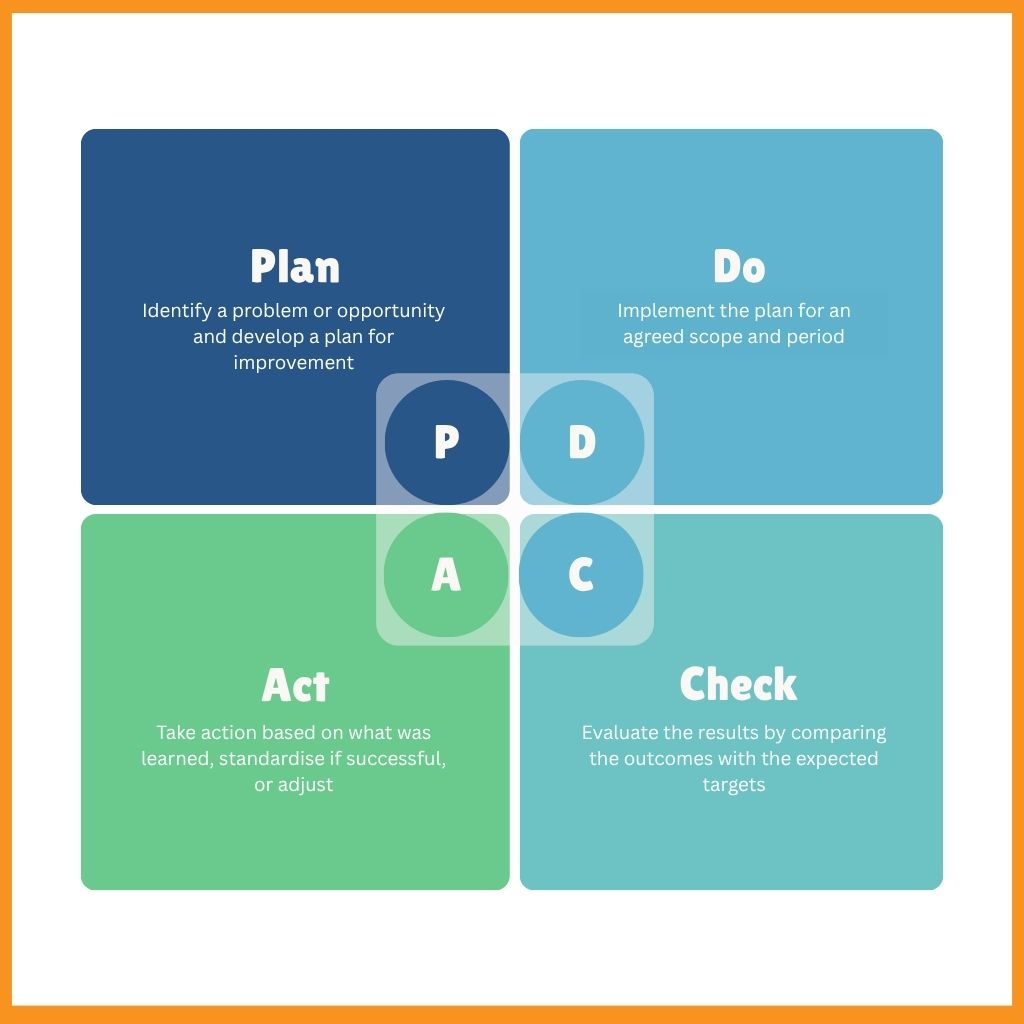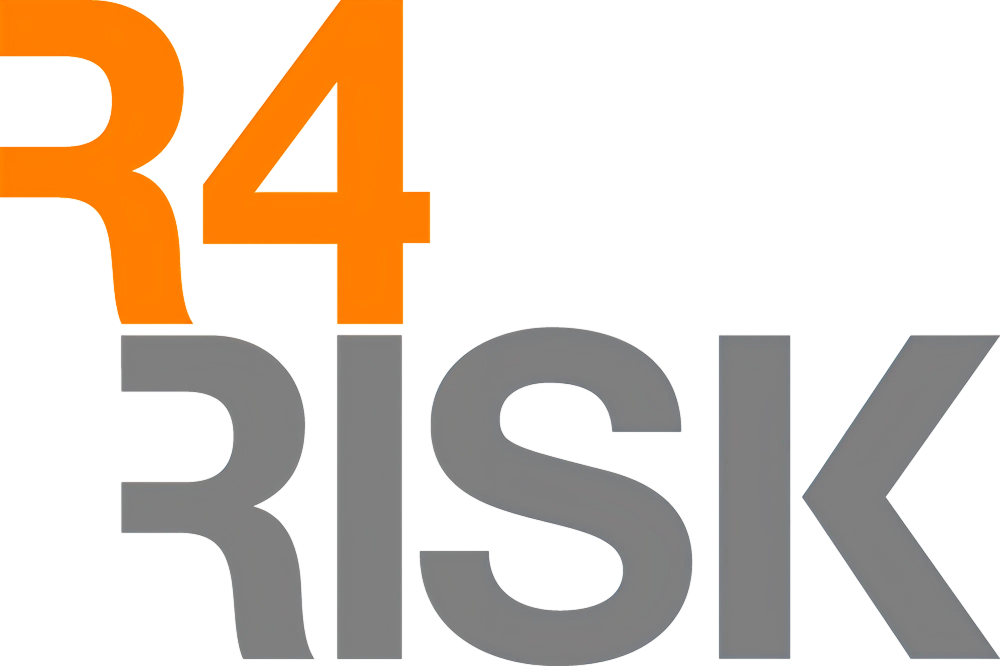Our Services
Safety Management System Development

SMS Services
Safety Management Systems
A Safety Management System (SMS) should be the means by which safety is managed at a hazardous facility. The system should be implemented facility-wide.
The SMS comprises the policies, objectives, roles, standards, communications, processes, procedures, systems, data and documents for managing safe operation.
An SMS is mandatory for Major Hazard Facilities (MHF) in Australia.
There are several SMS models (e.g., ISO 45001:2018, CCPS). Each model provides a framework to group systems and processes under a series of elements to support continuous improvement.
SMS Services
R4Risk has assisted clients to:
- Develop their SMS
- Develop an SMS assurance and monitoring program
- Perform SMS audits and gap assessments
- Prepare and document the SMS for inclusion within an MHF Safety Case submission
Additionally, R4Risk has conducted SMS audits on behalf of MHF regulators.

Safety Management Systems
Frequently Asked Questions
A successful Safety Management System (SMS) requires leadership’s demonstrated commitment to encouraging the whole workplace to focus on safety, providing resources and setting the tone for implementation, action completion and continual improvement. Procedures and systems should be clear, accessible and easy to follow.
Common deficiencies that R4Risk has seen in SMS include:
- Procedures and other documents are not readily available and not understood by the workforce
- Procedures that are not being followed, due to their complexity or difficulties in modifying and updating
- Issues with documentation and record-keeping, particularly in digital systems
- Systems that do not communicate with each other
- Excess overdue actions that lack oversight and resourcing
- Implementation of new systems with inadequate communication
An SMS has common elements with a quality management system. This is evident when comparing the ISO standards for quality and safety management systems (ISO 9001 and ISO 45001, respectively). Integrating the SMS and quality management systems can:
- Eliminate unnecessary duplication
- Coordinate responsibilities and communication
- Streamline processes, making them easier to follow
- Combine assurance processes.
This is often referred to as an Integrated Management System (IMS) and in some cases can also include environmental, commercial, and other management systems as well as safety and quality.
An SMS for a Major Hazard Facility is required, by legislation, to be “comprehensive and integrated”.
An SMS may be considered “comprehensive” when it covers all aspects that can affect safety (e.g. hazard identification, training, emergency response, monitoring controls etc.) It may be considered “integrated” when it has been included in all parts of the business, and not just documented or handled by one person or team. It should be used across the whole organisation, to help everyone contribute to safety.
